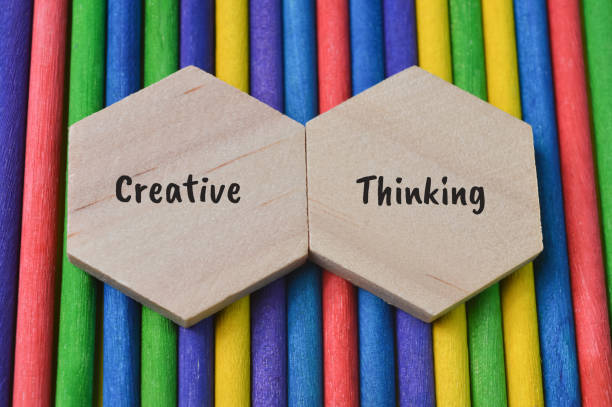The Benefits of Structured vs. Unstructured Play: Finding the Balance in Early Education

Play is the language of childhood, a cornerstone of early learning that fosters growth, creativity, and social interaction. In preschools, play is often categorized as either structured or unstructured, with each offering unique benefits for young learners. Striking the right balance between these two forms of play ensures that children receive a well-rounded experience that supports their development across cognitive, social, and emotional domains.
Structured Play: The Power of Guided Learning
Structured play refers to activities that are planned, organized, and often guided by an adult, such as a teacher or caregiver. These activities are designed with specific learning outcomes in mind, providing children with clear goals and boundaries. Examples include puzzle-solving, music and movement sessions, or teacher-led group games like “Simon Says.”
Key benefits of structured play include:
- Skill Development: Structured play helps children develop specific skills, such as counting, problem-solving, or fine motor coordination. For instance, building a tower with blocks during a guided activity enhances spatial awareness and patience.
- Teamwork and Cooperation: Group activities teach children how to work together, follow rules, and take turns, laying the groundwork for social interactions later in life.
- Routine and Structure: Structured play introduces children to the concept of routine and organization, helping them transition into more formal learning environments, such as kindergarten.
At San Marino Preschool, we integrate structured play into our daily schedule through activities like circle time, where children sing songs, engage in storytelling, or participate in guided discussions. These moments provide opportunities for children to learn new concepts while building confidence in a supportive environment.
Unstructured Play: The Freedom to Explore
Unstructured play, also known as free play, is child-led and spontaneous. This type of play allows children to use their imaginations and make their own choices about how they want to engage with the world around them. Examples include playing dress-up, exploring the playground, or creating art without a predefined goal.
Key benefits of unstructured play include:
- Creativity and Imagination: Unstructured play encourages children to think outside the box, make up stories, and explore their creative instincts. A cardboard box can transform into a rocket ship or a castle, limited only by their imagination.
- Independence and Decision-Making: Through free play, children learn to make choices, solve problems, and take risks in a safe environment, fostering independence.
- Stress Relief: Unstructured play allows children to unwind, express themselves freely, and release energy, which is vital for emotional well-being.
At San Marino Preschool, we ensure children have ample time for unstructured play each day, whether it’s exploring our outdoor play area, building forts with cushions, or simply engaging in imaginative role-play with peers. These moments are essential for fostering creativity and joy in learning.
Integrating Both Types of Play in Our Curriculum
While structured and unstructured play offer distinct benefits, they complement each other beautifully when integrated into a preschool curriculum. At San Marino Preschool, we design our daily schedule to include a harmonious mix of both. For instance, a structured activity like a teacher-led science experiment might segue into unstructured exploration, where children can independently engage with the materials and create their own discoveries.
By blending these two approaches, we support a holistic learning experience that nurtures every aspect of a child’s development. Structured play provides the scaffolding for learning new skills, while unstructured play allows children to practice those skills in their own unique ways. This balance ensures that children grow into confident, curious, and well-rounded individuals ready to tackle the challenges of the world around them.
In conclusion, structured and unstructured play are both essential components of early childhood education. By thoughtfully integrating these types of play into our curriculum, we create an environment where children can thrive academically, socially, and emotionally. At San Marino Preschool, we celebrate the joy of play in all its forms, knowing that it lays the foundation for a lifetime of learning and growth.
Recent Comments